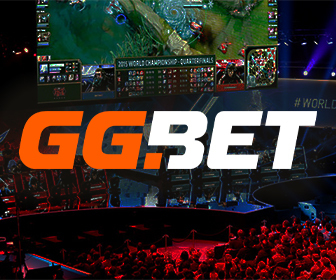Points, badges, and leaderboards aren’t just for video games anymore. Today, they pop up in fitness apps, language courses, and even office dashboards. A quick glance at casino online iceland or other gambling sites shows how rewarding progress keeps players engaged. Businesses and teachers have noticed this spark, and they are borrowing the same tricks to motivate people in the real world. When routines feel dull, game mechanics can turn chores into challenges and goals into adventures. This article explores why the human brain loves to play, how educators turn quizzes into quests, and why companies use points to push performance. By looking at recent examples, readers will see that gamification is not a passing trend but a growing part of daily life. From classrooms in Tokyo to boardrooms in Toronto, the same core idea repeats: when life feels like a game, people try harder and smile more.
Why the Brain Craves Games
Scientists say the brain releases dopamine whenever a person beats a level, earns a badge, or hears a cheerful “ding.” That burst of dopamine feels good, so the mind wants more. Game designers build tiny loops—action, feedback, reward—that keep players tapping screens for hours. In daily life, the same loop can drive homework, sales calls, or gym visits. When a student sees a progress bar filling up after finishing a worksheet, the bar acts like a digital pat on the back. The next task suddenly looks less boring because the reward feels close. Important, too, is the idea of immediate feedback. A traditional report card arrives weeks after an exam, but a gamified quiz shows a score right away. Instant results help people adjust, learn, and stay motivated. Finally, clear goals matter. A mission that says “collect 10 new words today” is sharper than “study vocabulary.” With clear goals, feedback, and rewards, any activity can copy a game’s magic.
Classroom Quests and Level-Ups
Teachers across the globe use leaderboards, avatars, and storylines to bring lessons to life. In one middle school, history class turns into a time-travel adventure where teams “unlock” ancient civilizations by scoring well on quizzes. Each correct answer gives virtual coins that students can spend on hints or fun character outfits. Because everyone starts with zero coins, even struggling learners feel safe to jump in; the race is about progress, not perfection. Research from the University of Colorado shows that this style can boost retention by as much as 30 percent. Another benefit is peer collaboration. When a scoreboard displays group points, classmates encourage each other to finish assignments so the team can move up the chart. Yet smart teachers keep rewards meaningful. Instead of candy or extra recess, they offer choices like picking the next project topic. This approach links game success to real academic control. The result is higher engagement, fewer missing assignments, and a classroom buzzing with friendly competition.
Power-Ups at Work
Gamification is also reshaping offices, from customer service centers to giant warehouses. Many companies now run internal apps where employees earn points for finishing tasks on time, sharing knowledge, or offering help. A call-center agent, for instance, might see a live dashboard that awards badges for consecutive days without errors. These small digital trophies stack up and can later be traded for flexible shift choices or charity donations. The system makes invisible effort visible, which is motivating for people whose work often goes unnoticed. Managers like the real-time data, too. Instead of waiting for monthly reports, they can spot dips in morale and launch quick challenges to re-engage the team. Critically, good programs avoid pitting workers against each other in harsh rankings. They group staff into squads, turning targets into shared missions. When everyone’s score moves together, collaboration rises and toxic competition falls. By blending recognition, progress tracking, and team play, gamified workplaces turn routine jobs into interactive journeys.
DIY Gamification: Tips for Everyday Tasks
Anyone can sprinkle game elements on personal goals without fancy software. The first step is to define a clear, measurable target, such as “walk 8,000 steps” or “write 200 words.” Next, choose a vivid way to track progress. Some people color squares on a calendar; others move beads from one jar to another. Seeing movement triggers the same satisfaction as leveling up in a game. Third, build small rewards. After five straight days of success, treat yourself to a favorite podcast episode or a special snack. The key is consistency; random prizes lose their power. Adding social dynamics helps, too. Share your scoreboard with a friend and agree on a joint mission, like cooking three healthy dinners per week. Friendly check-ins feel like cooperative play and keep everyone honest. Finally, remember to adjust the difficulty. If points pile up too easily, raise the bar; if progress stalls, break the goal into shorter quests. With these simple tools, daily chores transform into engaging adventures.

